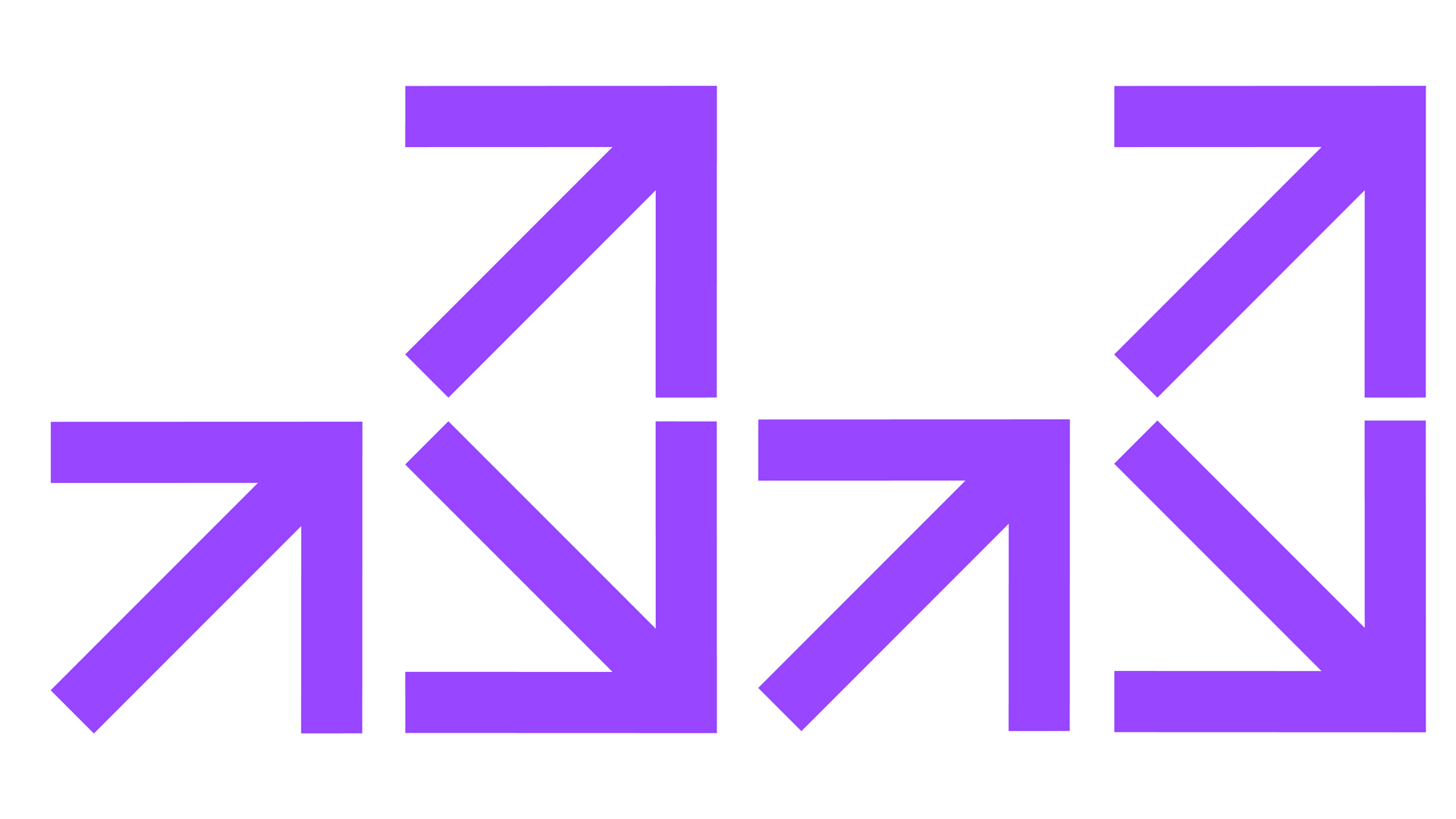How to reduce costs and increase customer satisfaction through self-service

Start with customer journey mapping
If you’re unsure what to prioritise when it comes to automating processes and self-service, customer journey mapping is the perfect place to start. Giving you the chance to really get under your customer’s skin and truly understand their unique needs.
This technique allows you to get a holistic understanding of the entire digital customer journey. Throughout a series of workshops, we look at the flow for different types of users to identify current pain points, understand how customers want to interact and identify opportunities.
We also map the different technology, tools and touchpoints that are being used to see how they can be streamlined. Producing a visual customer journey map is a great way to demonstrate to senior stakeholders where investments should be made.
For OMRON, DEPT® reviewed their entire digital customer journey with the goal to improve customer satisfaction and reduce call centre costs. We held a series of discovery workshops that explored the current user experience, OMRON’s business model, identified pain points and pinpointed areas where automation could increase efficiency. Three high-priority projects were identified to allow customers to self-serve which would ultimately drive cost and time efficiency for OMRON, while providing an enhanced experience for their customers.
Serving the customer on demand
In today’s world, customers are looking for convenience and this isn’t only in B2C, two thirds of B2B buyers opted for remote human interactions or digital self-service across the sales process last year.
Not to mention, loyalty amongst customers is dwindling. So, with this in mind, in uncertain times it is smart for brands to invest in enhancing the customer experience amongst their existing client base to stand out amongst competitors and decrease churn.
According to NICE, 81% of consumers want more self-service options, however, only 15% have a high level of satisfaction with the tools currently provided. So developing effective strategies and digital products that allow customers to self-serve not only gives them access to the services they’re looking for, but creates an opportunity to build stronger brand connections, as long as their experience using the tool is positive.
That’s where it can be valuable to work in partnership with digital experts like DEPT® to ensure you hit the nail on the head. Here are three possible ways to do just that…
1. Customer portals
Developing tools and apps for customers to manage their own accounts can help to reduce operational spending. It takes some pressure off customer service agents by giving customers the ability to find resolutions on their own, allowing agents to then focus on urgent issues and delivering tailored customer experiences elsewhere.
And it’s a customer expectation, with 70% expecting a company to have a self-service portal or content available to them. Customers head to their account/portal to be able to easily find information, request services and resolve their problems 24/7.
It’s, ultimately, the hub of a brand’s relationship with its customers. Some key features to include in a customer portal are a knowledge base, community forum and chatbot integration.
For Jotun’s trade site, DEPT® built a customer portal where dealers and distributors can access personalised tools, product and technical information, and dynamically display products, tools and content relevant to individual users.
The online portal is also an important section of OMRON’s site. Whether it be a distributor, employee, or a member of the press, users are served content that is relevant to them, so it is completely personalised depending on the user type. The data required to identify users is collected during the registration and can also be used to support and optimise marketing activities and processes.
2. Chatbots
Chatbots are a great way to take the strain off call lines by allowing customers to find a quick solution through a flow of automated responses. Gartner predicts that by 2027, chatbots will become the primary customer service channel for a quarter of organisations.
A strong live chat system brings together staffed and automated solutions to provide customers the optimal experience, starting with automation and then directing the visitor to the appropriate colleague depending on their requirements. This helps to create more meaningful experiences between brands and consumers as well as saving time.
Chatbots are now more advanced than ever. As a brand known for their in-store customer service, Ralph Lauren came to DEPT® for help translating that experience into digital with a chatbot ready to help customers find the perfect gifts for the 2021 holiday season. As a result, only 0.4% of users required a handover to a live customer service agent, which is one of the lowest rates we’ve seen in the industry.
3. On-site search
Something so simple, but so effective, is on-site search. Although this is nothing new for most, it is often undervalued. It allows customers to self-serve by finding what they’re looking for on-demand and without the need to get in touch.
Not only does it help visitors, but a well-optimised on-site search tool provides brands with a wealth of new data. It gives insight into what customers are looking for and any roadblocks to purchase, showing demand or opportunity. Brands are then able to analyse the data to provide personalised help, offers and up-sell opportunities.
DEPT® implemented Optimizely Find for Jotun to deliver intelligent search results across its B2C and B2B sites. It enhances user experience by powering global search, the product finder, colour grids, related colours and products.
Invest now to stay ahead
Although we face a period of economic uncertainty, there are many opportunities for organisations to leverage technology to stay afloat, and even grow. Now is the time to invest in order to stay ahead and reap the rewards both in the short and long term.
DEPT® have all the skills in-house to be able to analyse points in the digital customer journey that are slow, expensive and causing their customers to be unhappy. We can then look at projects to automate existing parts of the journey or develop strategies and digital products which allow their customers to self-serve.
Get in touch today to find out how we can help you reduce operational costs while increasing customer satisfaction.
More Insights?
Discover moreQuestions?
Global SVP Technology & Engineering





